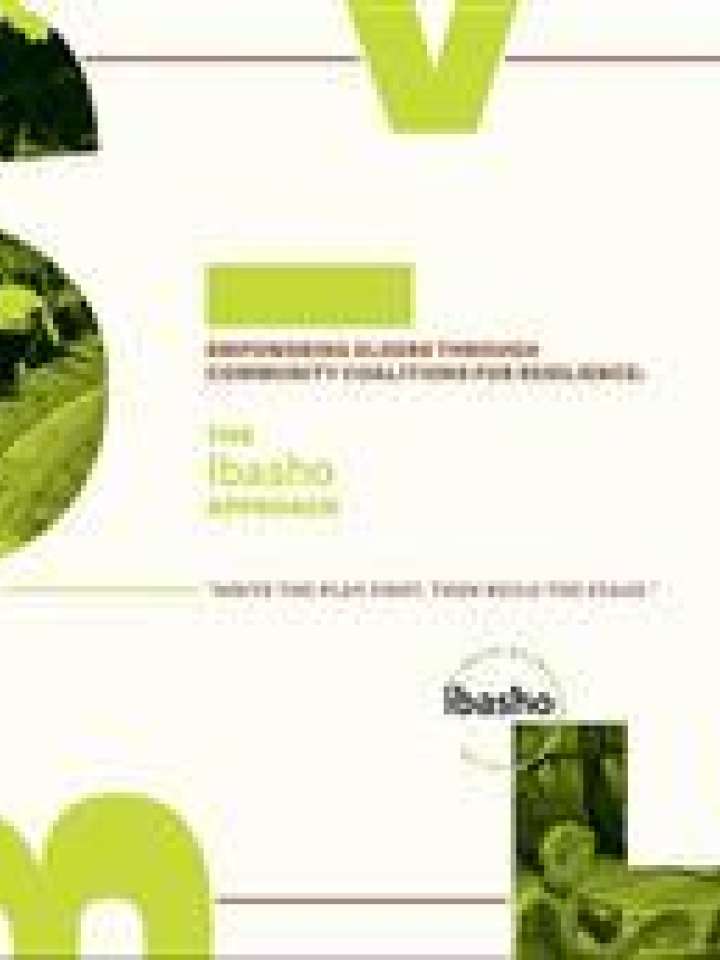Empowering Elders Through Community Coalitions for Resilience: The Ibasho Approach
The case study describes the “Ibasho” approach to strengthen the social capital of communities, particularly those recovering from disasters and epidemics, by giving community members of all ages and abilities a place where they can develop deeper connections with each other. The Ibasho approach has been implemented in Japan, Philippines and is currently being developed in Nepal.
Ibasho serves as an example of engaging elders to improve the physical and social infrastructures of their neighbourhoods and community, in order to better accommodate community and elders’ needs. The Ibasho model empowers elders as change agents, providing a platform for useful and relevant contribution to the community. It also strengthens the community, drawing on a typically under-utilized pool of knowledge, experience, and volunteer work that contributes to the resilience of a community in the event and aftermath of a disaster or epidemic.
There are several factors that contribute to the overall success of Ibasho. These include:
- Identification of strong local implementing partners with the capacity to oversee operations and troubleshoot as necessary;
- Careful selection of each community (ideally a community with strong leadership, vision, and desire to implement an Ibasho site);
- Flexibility with regard to identification of coalition members and experts throughout the iterative implementation and operational process;
- Creative and thoughtful identification of community gatekeepers within each unique culture and setting;
- The establishment of sustainable and community-driven livelihood-projects.
More broadly, an initiative like Ibasho will help to ultimately strengthen inclusive community resilience, which is beneficial not only for disaster risk management but also for building capacity to support the growing elderly population. Such elder-led community driven initiatives are particularly important in developing countries where financial resources are limited and services for elderly are not yet well established.
This case study was developed as part of the 'Call for Case Studies on Coalition Building' initiated by the Global Disaster Preparedness Center.
Explore further
